Data Studio
Data Studio is a next-generation reporting tool that is fast and intuitive. It is easy to use and provides a rich user interface to create and edit charts and dashboards.
Gallery Tab
- Home tab
- Dashboard tab
- Charts tab
- Gallery tab
- Schedules tab
The Gallery tab displays a collection of pre-packaged dashboards. They are categorized as vertical-specific reports. The Gallery tab displays a preview into each of the dashboards listed on the page.
You can import all the dashboards in a category by clicking Import all, or view each dashboard and choose a specific dashboard to import by clicking the import icon next to it.
After importing the dashboard, it would appear in the Dashboards tab for review or analysis. The dashboards can be edited and deleted as required and are also customizable.

Home Tab


You can create your own charts and dashboards and save them under the Mine tab.
Charts Tab
Charts aid in visualizing network data from as simple as a pie chart to complex network graphs. There are a variety of options to choose from, to visualize data.



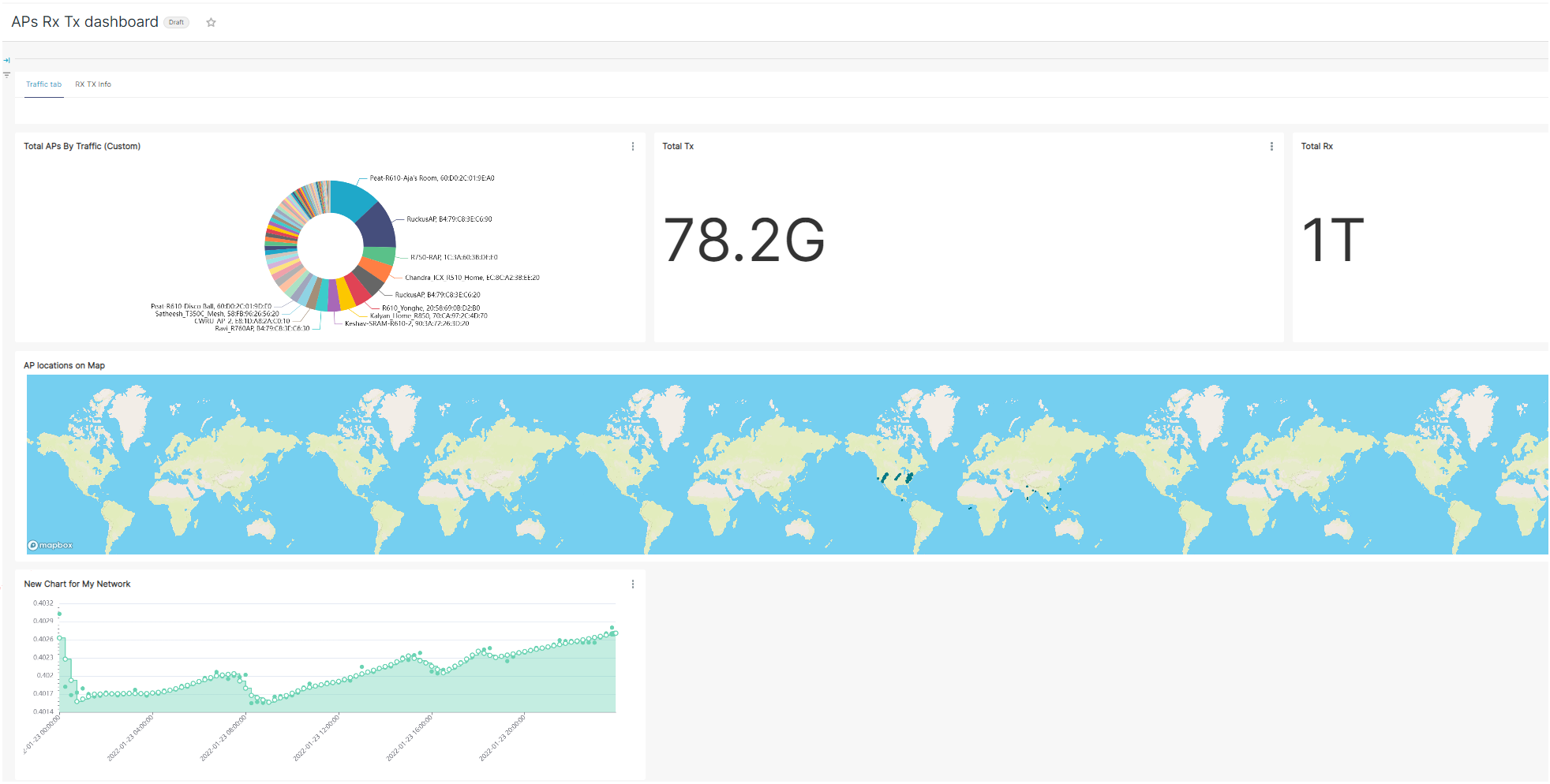

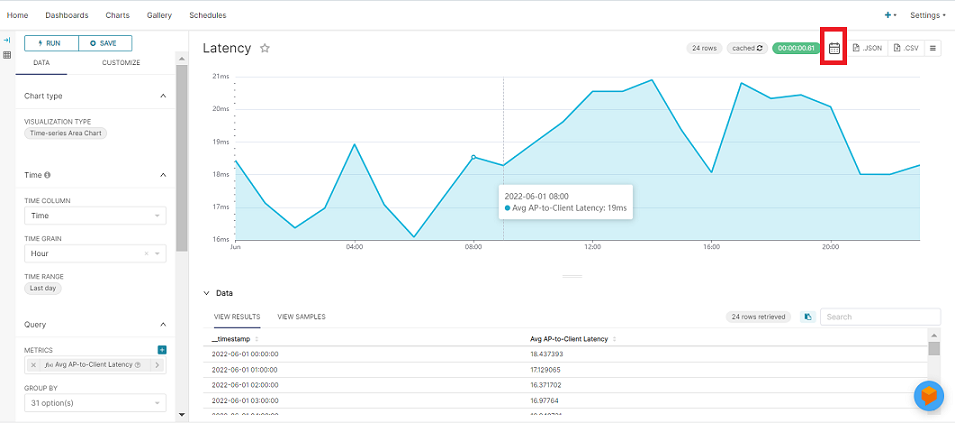
 icon
at the top-right corner which displays the Add New Schedule
window.
icon
at the top-right corner which displays the Add New Schedule
window. 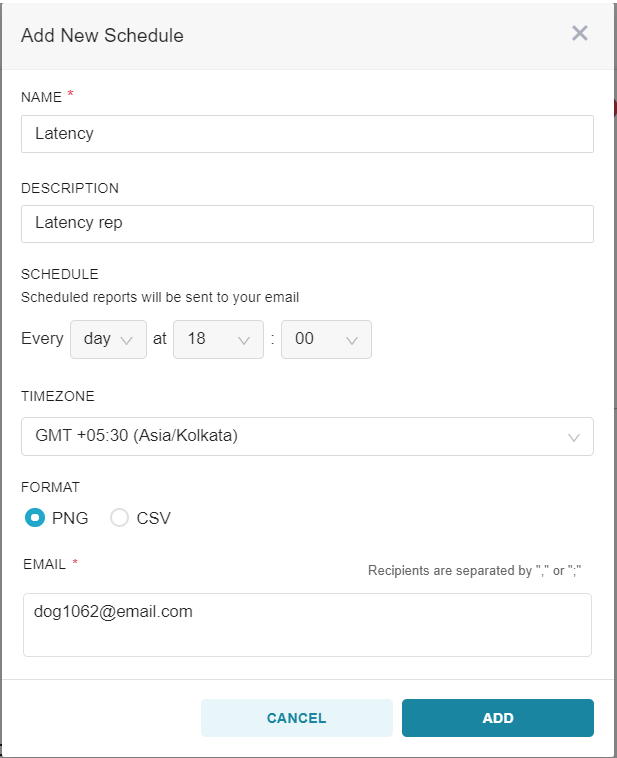
In the Add New Schedule window, enter the details and configure the schedule and click Add to create a schedule for the chart. The report schedule is displayed in the Schedules tab.
Dashboard Tab
The dashboards are a collection of charts which is highly customizable according to user needs.
The Dashboard tab displays all the dashboards created either as widgets or tables (contains one or many widgets, and or charts). It displays information about the owner of the dashboard, dashboard title, status (Published or Draft), modification details and so on. Individual dashboards can be selected and deleted, or they can be selected in bulk and deleted. Only dashboard owners can edit or delete them. You can search for a particular dashboard in the search field, by title. The dashboard information can also be sorted and viewed by the options recently modified, least recently modified, and in alphabetical order. You can also filter the dashboards by using created by or owner drop-downs.
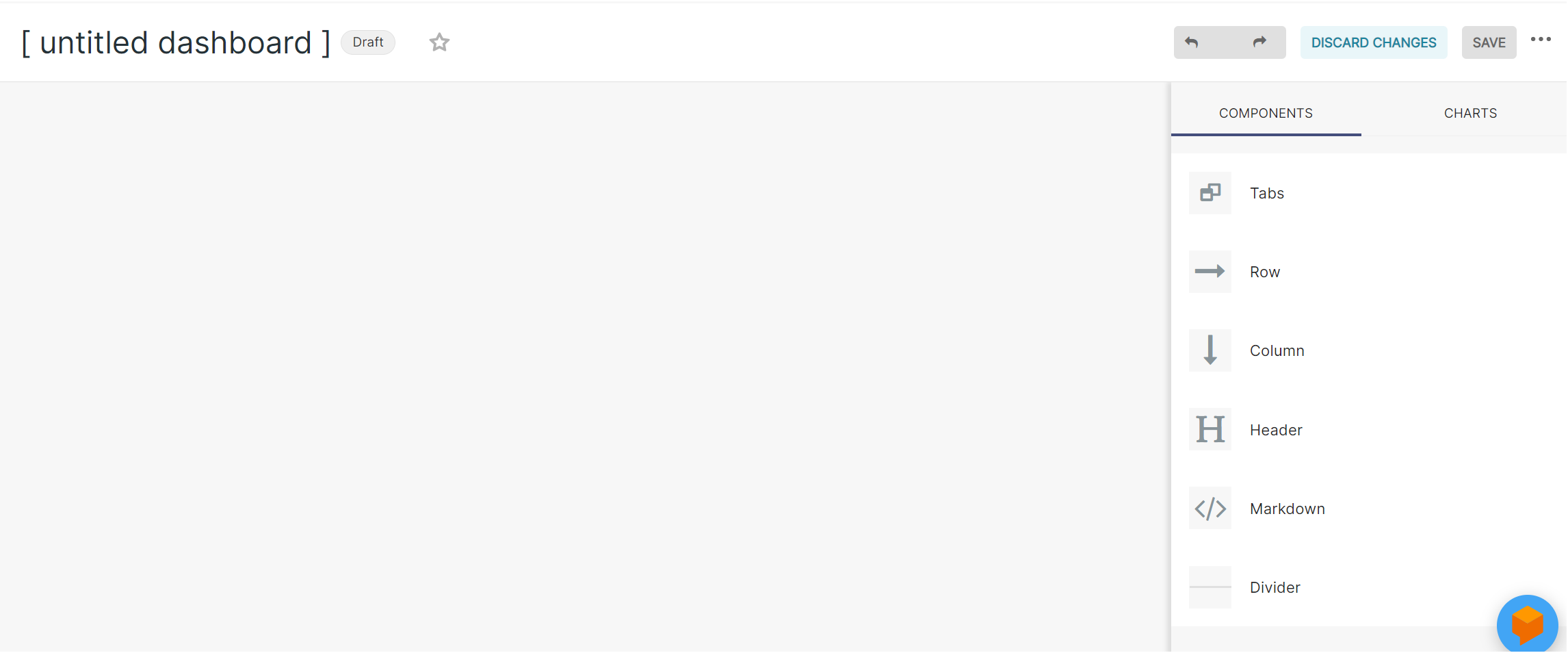
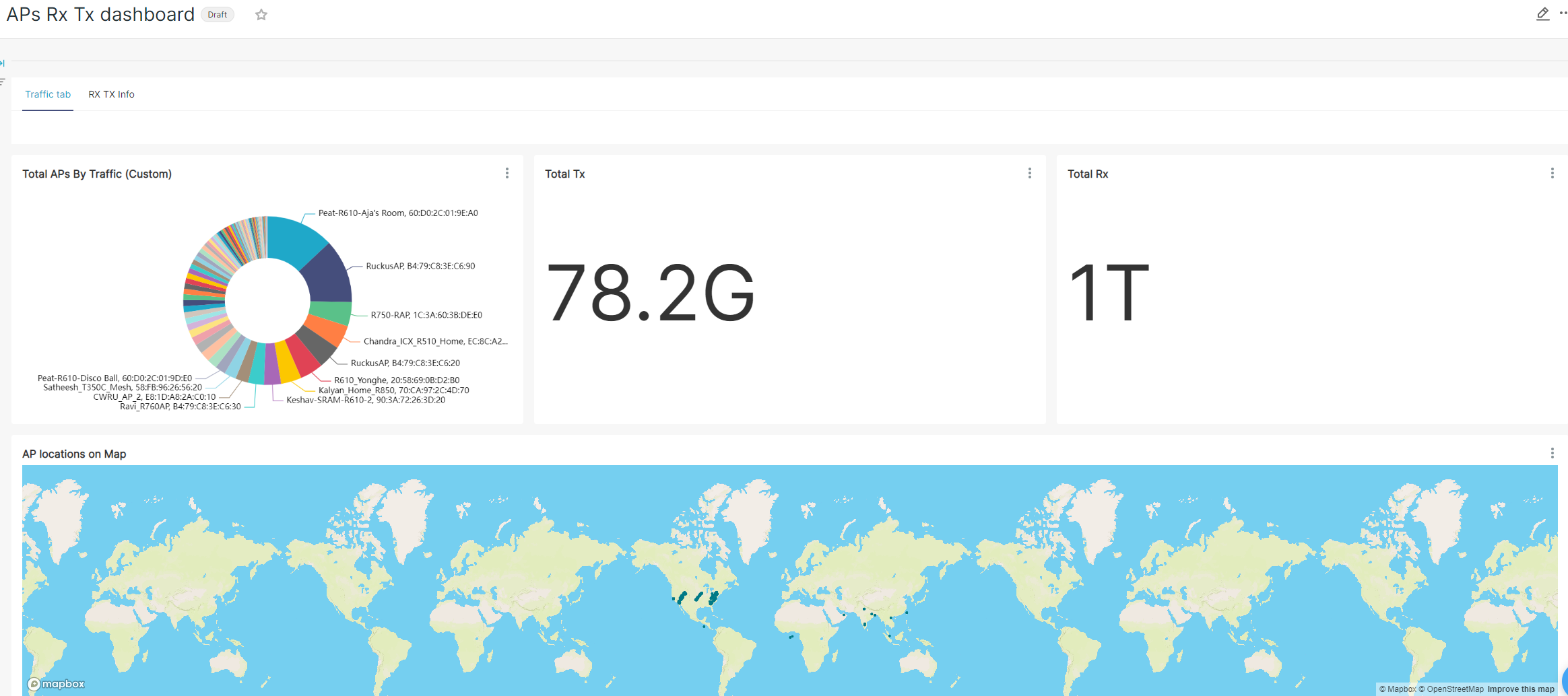

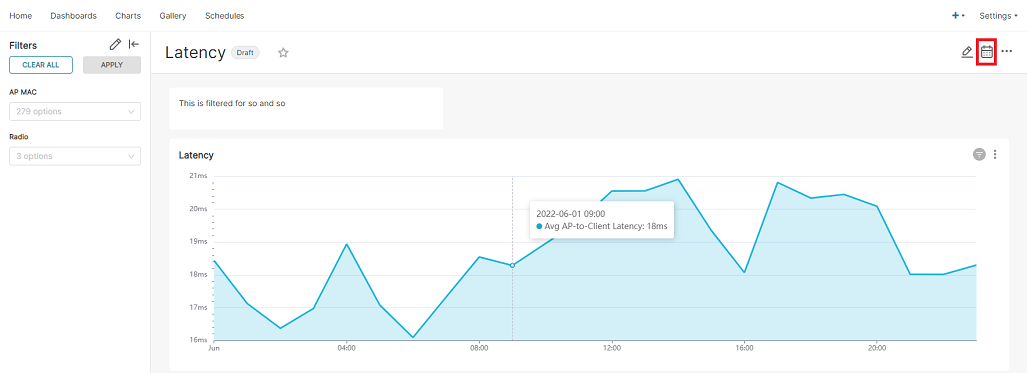
Click the  icon
at the top-right corner which displays the Add New Schedule
window. Enter the details and configure the schedule and click
Add to create a report schedule for the dashboard. The
schedule is displayed in the Schedules tab.
icon
at the top-right corner which displays the Add New Schedule
window. Enter the details and configure the schedule and click
Add to create a report schedule for the dashboard. The
schedule is displayed in the Schedules tab.
Export and Import Dashboard
 icon
in the Actions column. You can also use the BULK SELECT
option to select and export several dashboards at a time.
icon
in the Actions column. You can also use the BULK SELECT
option to select and export several dashboards at a time. 

In the Import Dashboard(s) window, choose the exported dashboard file, select the database, and click Upload to import the dashboard file.
Note that the export and import is for the dashboard template only and the data is restricted based on the account and the resource group.
Schedules Tab

- Status: Displays the status (successful or failed) of the scheduled report.
- Last Run: Displays the date and time (including time zone) at which the report was last run.
- Name: Displays the name of the report.
- Schedule: Displays the time at which the report is scheduled to run.
- Owners: Displays the name of the user who has created the scheduled report.
- Active: Indicates whether the schedule is enabled or disabled. Only the owner of the scheduled report and users with Admin privileges can enable or disable the schedule.
- Actions: Displays all the
actions that you can perform on a configured schedule, as described in the
following table.
Table 1. Actions Description Action Icons Description  (Execution Log)
(Execution Log)View the execution log of the scheduled report.  (Edit)
(Edit) Edit the scheduled report. Only the user who created the schedule (the owner of the schedule) can edit the schedule.  (Delete)
(Delete) Delete the scheduled report. Only the user who created the schedule (the owner of the schedule) can delete the schedule.
The owner of the schedule can also use the Bulk Select option to select several schedules and delete them all at once.
Creating a Schedule
- From the web interface, go to Data Studio and select Schedules tab.
- Click + Schedule to
create a schedule.The Add New Schedule dialog box is displayed.
Add New Schedule Dialog Box 
- Complete the following
fields:
- Name: Enter a name for the report.
- Description: Enter a description of the report.
- Active: Use the slide
button to enable or disable the schedule.
If the schedule is enabled, the reports will be sent to the recipient according to the schedule. If the schedule is disabled, the schedule becomes inactive and the report does not run at the configured frequency.
- Schedule: Configure the
schedule frequency to run the report (daily, weekly, or monthly).
Selecting a daily schedule presents an option to choose the time of the day to send the report. Selecting a weekly schedule presents options to select the day of the week and time of day. Selecting a monthly schedule presents options to select the date of the month and time of day to run the schedule.
- Timezone: Select the time zone that must be considered for the schedule.
- Message Content:
Select one of the following:
- Dashboard: Specifies to create a schedule for a dashboard report. Select a dashboard from the list.
- Chart:
Specifies to create a schedule report for a chart report.
Select a chart from the list.
You can choose to send the chart report in the PNG or CSV formats.
- Email: Specify the email address of the recipient to whom you want to send the report. You can enter email addresses of multiple recipients separated by commas or semicolons.
- Click Add to create the schedule.